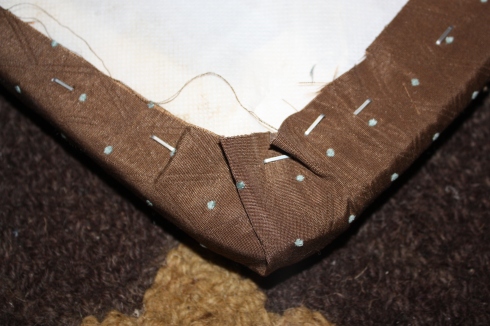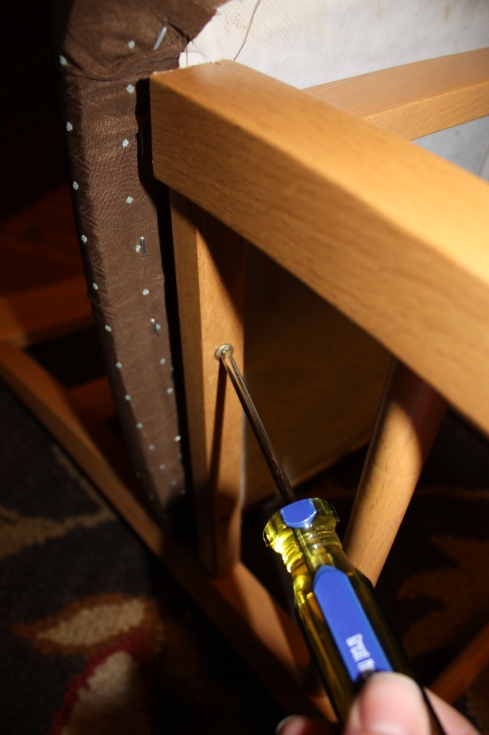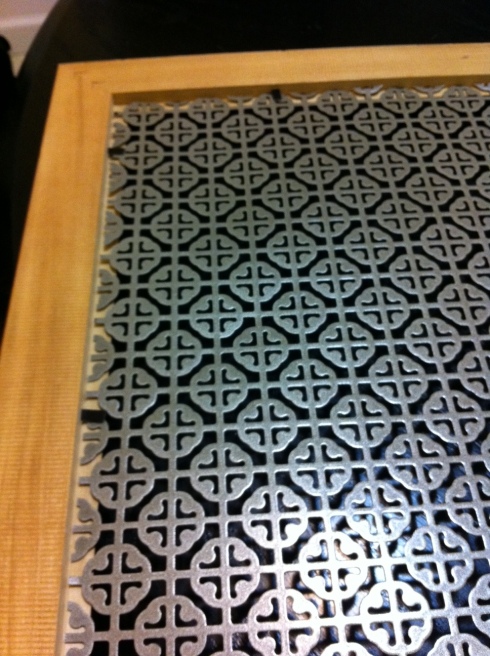I work for a non-profit organization managing volunteers and coordinating donations. Today I spent much of my day traversing the Twin Cities in 15 ft. truck picking up and dropping off donations with my colleague.
We received three great chairs along with a table for our residents, but the seats were worse for the wear after spending some months on a porch.
I wouldn’t want to sit on that. Would you? So I brought them home tonight to give them a little make-over with some fabric.
I think I’ve already mentioned one of my favorite past-times is garage and yardsaling in the summer. One day this summer I stumbled upon a woman selling loads of upholstery fabric scraps for cheap at $1 a bag. I also bought some larger pieces between 2 and 5 yards for less than $5 each-also a steal of a deal. I now have a chest full of upholstery scraps that looks like this at the moment.
In hunting through the scraps I found two coordinating pieces big enough to cover three chairs.
I first removed the seat by unscrewing the four screws that held it on underneath. I then layed it on the fabric- you can see the wrong side of the fabric and the underside of the seat here. I used a sharpie as I didn’t have a chalk pen to quickly trace out where I should cut off extra fabric- you’ll see the pink line above.
I pulled the fabric taut on side and stapled two or three staples along the edge of the side beginning in the middle. (I used an Arrow model T50 heavy duty hand stapler that I have had for ages with 3/8 inch staples. I bought this years ago to reupholster a footstool and I’ve used it dozens of time since- it really is a worthwhile tool to invest in!)Then I pulled it taut and stapled the fabric on the other side slowly making my way to the corners on two opposite sides. I then repeated those steps on the other sides- checking my work every few staples to make sure things were taut without stretching it too tight.
Then I finished the corners. I first folded one corner in more and stapled it.
I then pulled the other side taut, making folds as I needed to and stapled it again a few times to make sure it was secure.
This is a finished corner.
I then attached the bottoms using the same four screws I took out of each. They went in fairly easily and I was able to poke them through the new fabric where the original holes had been covered.
While the fabric is a bit formal for the blond wood, I think they turned out pretty great and will make some of our resident’s pretty happy. I have to say they turned out well for a project I completed under an hour that didn’t cost me a penny. Stay tuned next week for another project from my upholstery stash!




































